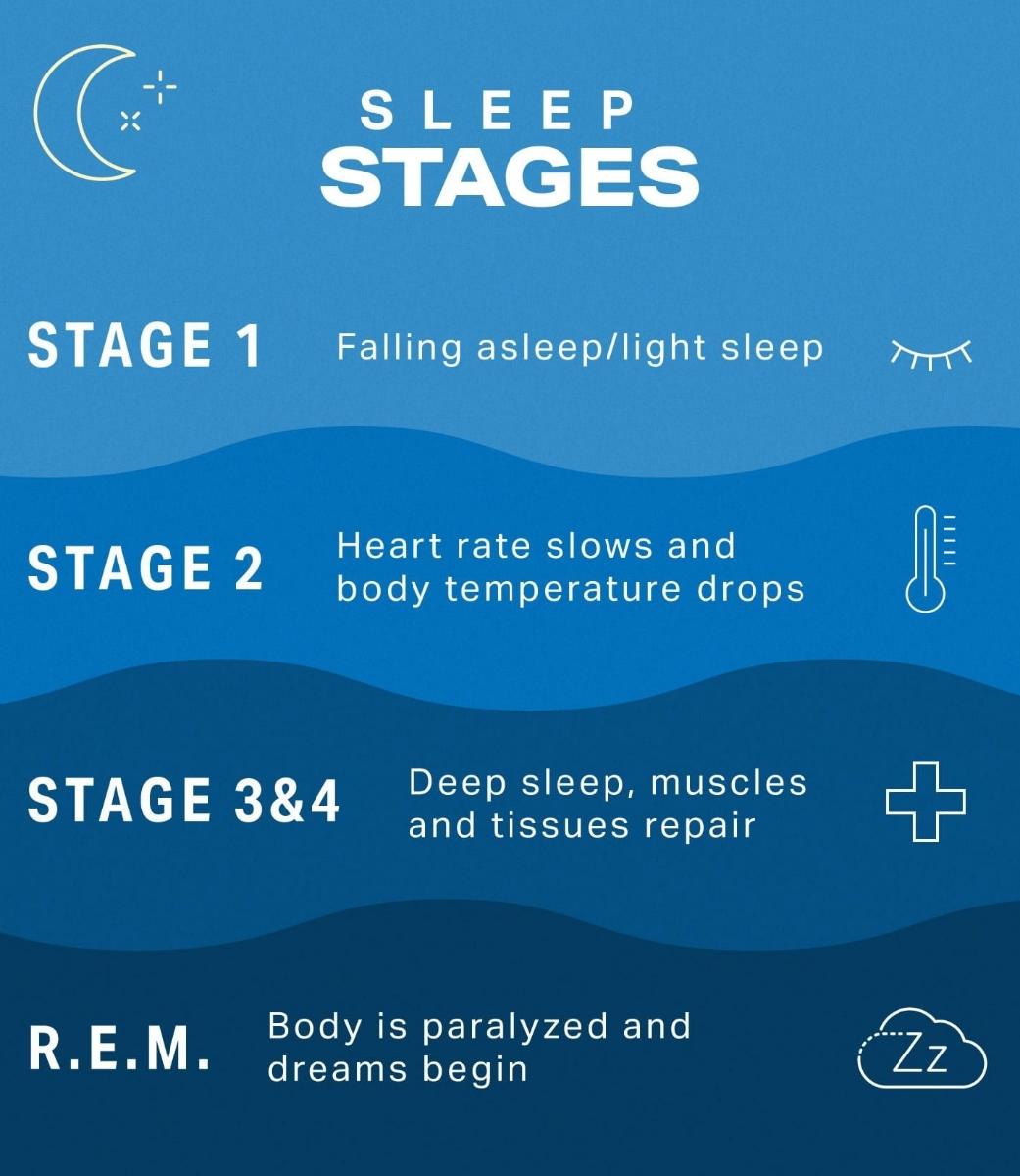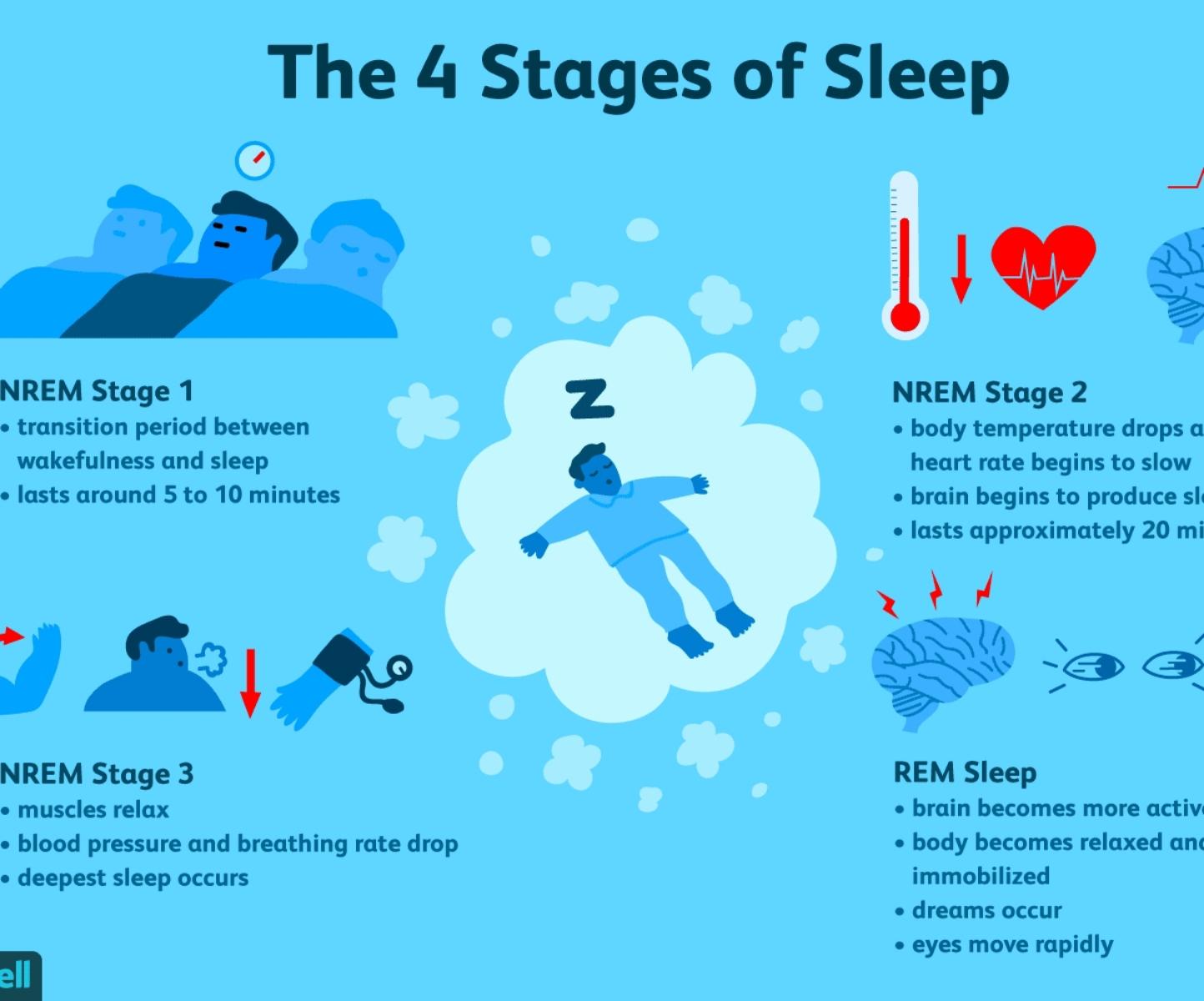Explore the World's Best Ideas
Join today and uncover 100+ curated journeys from 50+ topics. Unlock access to our mobile app with extensive features.
Sleep quality > quantity
When thinking about getting the sleep you need, it’s normal to focus on how many hours of sleep you get. While sleep duration is undoubtedly important, it’s not the only part of the equation.
It’s also critical to think about sleep quality and whether the time spent sleeping is actually restorative. Progressing smoothly multiple times through the sleep cycle, composed of four separate sleep stages, is a vital part of getting truly high-quality rest.
581
9.57K reads
What is sleep cycle?
Sleep is not uniform. Instead, over the course of the night, your total sleep is made up of several rounds of the sleep cycle, which is composed of four individual stages. In a typical night, a person goes through four to six sleep cycyles. Not all sleep cycles are the same length, but on average they last about 90 minutes each.
426
5.76K reads
What are sleep stages?
There are four sleep stages; one for rapid eye movement (REM) sleep and three that form non-REM (NREM) sleep. These stages are determined based on an analysis of brain activity during sleep, which shows distinct patterns that characterize each stage.
425
5.46K reads
Different sleep stages.
The classification of sleep stages was update in 2007 by the American Academy of Sleep Medicine (AASM). Before that, most experts referred to five sleep stages, but today, the AASM definitions of the four stages represent the consensus understanding of the sleep cycle.
432
5.13K reads
Stage 1
Stage 1 is essentially the “dozing off” stage, and it normally lasts just one to five minutes.
During N1 sleep, the body hasn’t fully relaxed, though the body and brain activities start to slow with periods of brief movements (twitches). There are light changes in brain activity associated with falling asleep in this stage.
It’s easy to wake someone up during this sleep stage, but if a person isn’t disturbed, they can move quickly into stage 2.
428
4.53K reads
Stage 2
During stage 2, the body enters a more subdued state including a drop in temperature, relaxed muscles, and slowed breathing and heart rate. At the same time, brain waves show a new pattern and eye movement stops. On the whole, brain activity slows, but there are short bursts of activity that actually help resist being woken up by external stimuli.
425
4.41K reads
Stage 3
Stage 3 sleep is also known as deep sleep, and it is harder to wake someone up if they are in this phase. Muscle tone, pulse, and breathing rate decrease in N3 sleep as the body relaxes even further.
The brain activity during this period has an identifiable pattern of what are known as delta waves. For this reason, stage 3 may also be called delta sleep or short-wave sleep (SWS).
423
4.04K reads
Stage 4
During REM sleep, brain activity picks up, nearing levels seen when you’re awake. At the same time, the body experiences atonia, which is a temporary paralysis of the muscles, with two exceptions: the eyes and the muscles that control breathing. Even though the eyes are closed, they can be seen moving quickly, which is how this stage gets its name.
439
4.59K reads
IDEAS CURATED BY
Abhikrit patel's ideas are part of this journey:
Learn more about health with this collection
The benefits of a bedtime routine
How to improve your sleep quality
How to create a relaxing sleep environment
Related collections
Similar ideas
3 ideas
How Sleep Works: Understanding the Science of Sleep | Sleep Foundation
sleepfoundation.org
10 ideas
Myths and Facts about Sleep - National Sleep Foundation
sleepfoundation.org
4 ideas
Read & Learn
20x Faster
without
deepstash
with
deepstash
with
deepstash
Personalized microlearning
—
100+ Learning Journeys
—
Access to 200,000+ ideas
—
Access to the mobile app
—
Unlimited idea saving
—
—
Unlimited history
—
—
Unlimited listening to ideas
—
—
Downloading & offline access
—
—
Supercharge your mind with one idea per day
Enter your email and spend 1 minute every day to learn something new.
I agree to receive email updates



